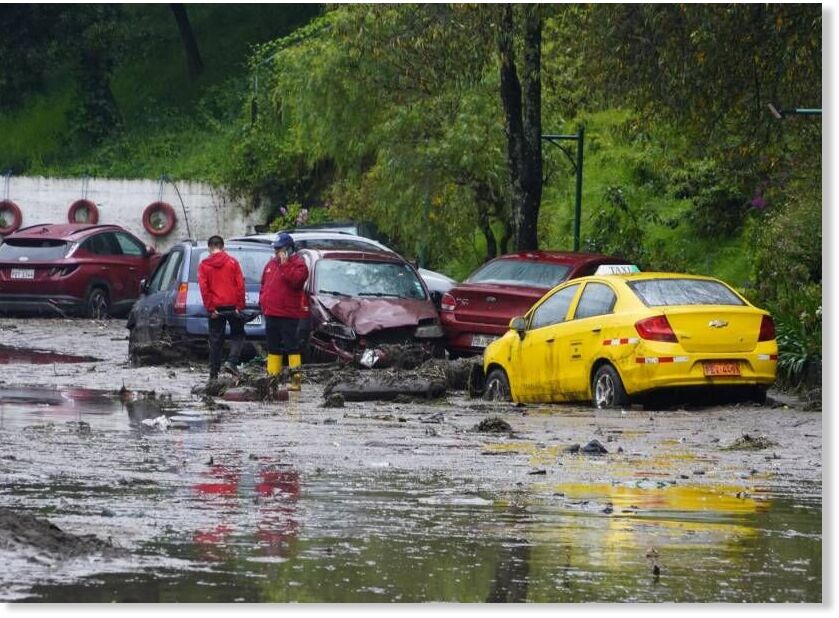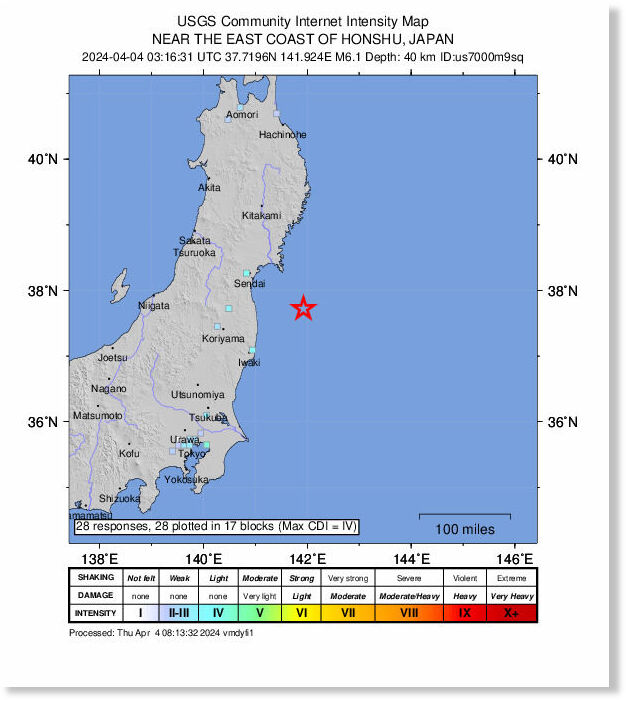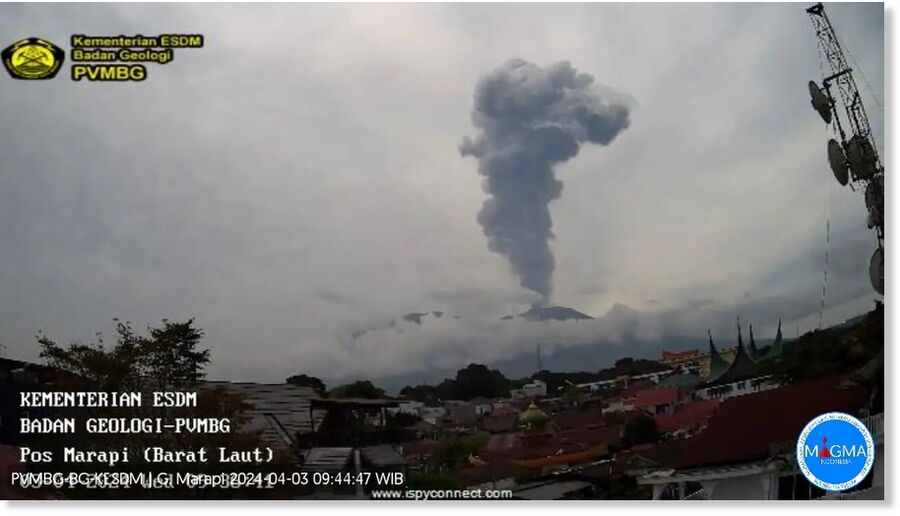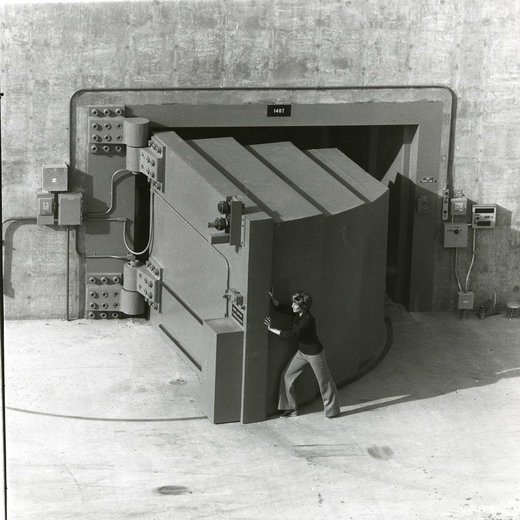
© WLKYWidespread storm damage is seen in Jeffersonville, Indiana.
Homes and businesses were damaged, several people were injured and tens of thousands remained in the dark Wednesday after a powerful storm system spawned tornadoes and damaging storms from the South to the Ohio Valley, and blizzard conditions and snow in the Great Lakes.
Severe storms injured at least 10 people in Jeffersonville, Indiana, just north of Louisville, the town's mayor
told CNN affiliate WLKY. Photos posted by the mayor showed
chunks taken out of several homes' roofs and debris strewn about an area neighborhood.
Severe thunderstorms brought "flooding, downed trees, power outages, and road blockages" across West Virginia, according to Gov. Jim Justice, who
declared a state of emergency Tuesday for Fayette, Kanawha, Lincoln and Nicholas counties.
At least 13 homes were damaged and some residents were injured, Fayette County, West Virginia, Office of Emergency Management director Kevin Walker told CNN. The injuries were non-life threatening, Walker said.
"Some are destroyed, and some have major damage," Walker said.














Comment: Another attack reported in March this year: Angry elephant lifts safari truck into the air, 'traumatizes' tourists in South Africa